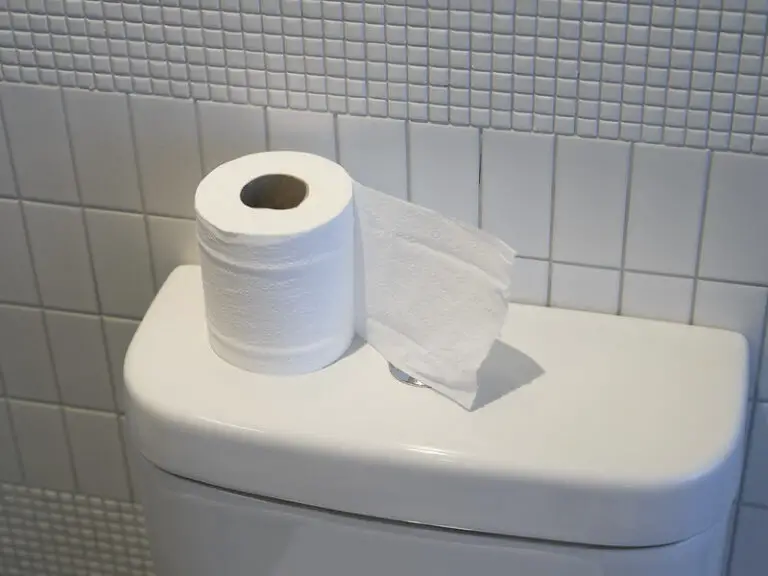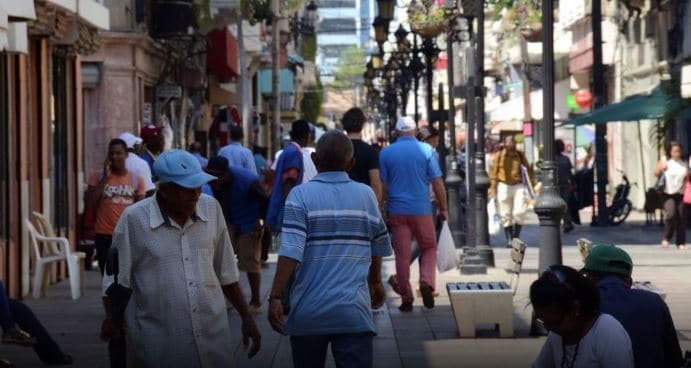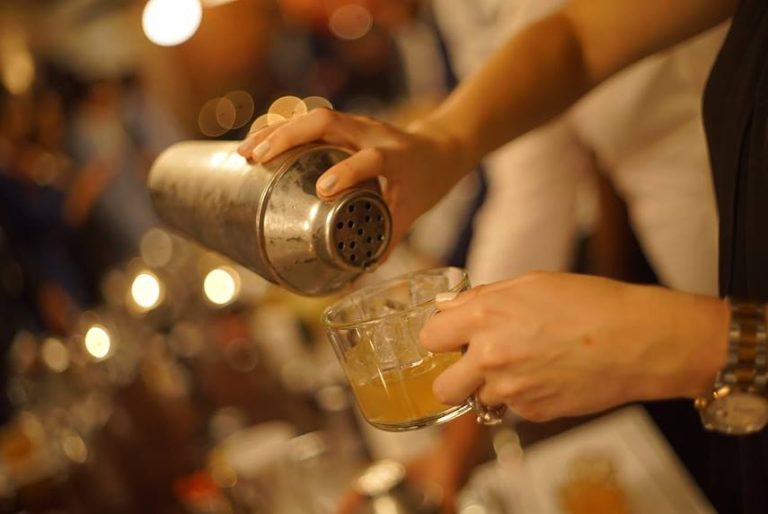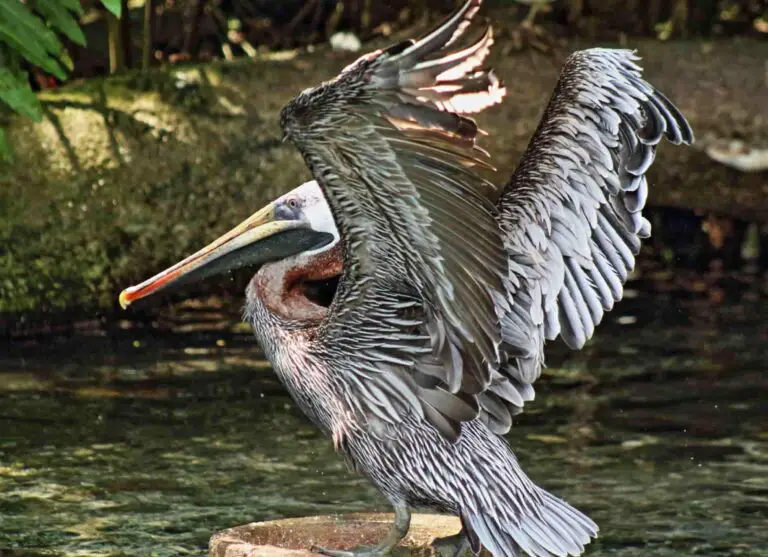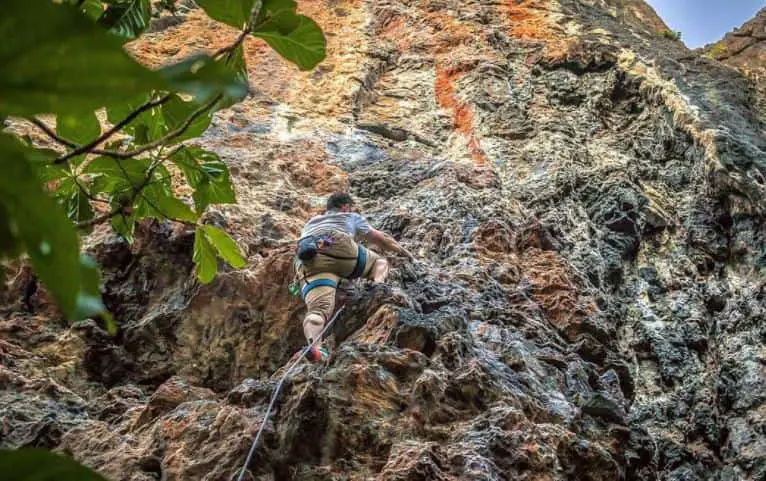Are There No-see-ums in The Dominican Republic?
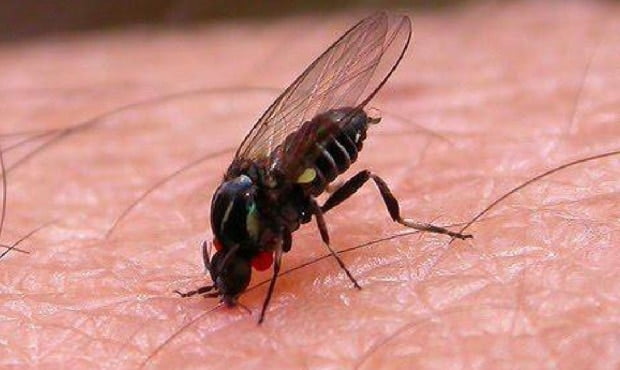
There are more than 4000 species of the family Ceratopogonidae, also known as non-see-ums and more than 1000 in one genus, Culicoides .
The distribution of insects in the genus Culicoides is worldwide; 47 species are known to occur in Florida. Species belonging to the genus Leptoconops occur in the tropics, subtropics, the Caribbean and some coastal areas of Southeast Florida.
In the Dominican Republic there is a species of the family Ceratopogonidae or no-see-ums, different from the one that exists in North America but with the same characteristics, it is known as “Jejen” and some call it “sand fly”, although it is not so common to find these insects in areas frequented by people in the country.
My first and unique experience with no-see-ums in the Dominican Republic
As a native inhabitant of the Dominican Republic, I must say that I was totally unaware of the existence of this insect until a couple of years ago. In my work as an architect I often have to visit several remote areas of the country and visit terrains in remote and mountainous places.
One day I was invited to a meeting in a town called Bayaguana, a town relatively close to Santo Domingo, which is the capital of the country where I live.
I attended the meeting dressed informally with shoes without laces and I did not have socks on, once I was there and after some time I noticed on my feet little drops of blood which surprised me a lot.
The surprising thing is that I didn’t feel that anything had bitten me, then I saw these small insects similar to tiny flies flying around my feet and then someone from the area informed me of the name of the insect, the next day I woke up with my feet full of itchy red bumps.
I must say that I returned several times to the place and never saw these insects again, so I must also say that I have traveled to many cities in the country like Punta Cana, Puerto Plata, ect ect and never had an encounter with the “jejen” or no-see-ums so it is clear that their existence is very scarce.
Some people claim that the no-see-ums come out in the afternoon in some coastal areas, apparently these insects are from humid environments, in my experience the best protection against these insects is to wear closed shoes, so I noticed that they prefer to bite on the feet.
If you visit the Dominican Republic you will probably not have any encounter with this insect, since I live in this country for more than 30 years and I have visited many places and have only had one bad experience with the no-see-ums.
Anyway, a good piece of advice would be, if you are going to visit a very remote, humid and desahibate area in the Dominican Republic, such as fishing or camping, be sure to wear closed shoes and repellent.
Repellents containing DEET (N, N-diethyl-meta-toluamide) often used as mosquito repellents are also labeled for use against no-see-ums and can be applied prior to exposure to biting mosquitoes.
It is important that the application instructions printed on the label are followed for any product used as a repellent.
Coastal areas are the primary habitat of midges. Tourists and potential home and land owners can consult local maps before visiting or purchasing property in coastal areas to determine proximity to mosquito breeding areas.
It is wise to research the area of geographical interest before making decisions that may lead to unpleasant holidays or disgruntled owners.
Knowledge of breeding habitats, and that large-scale control operations are not feasible, can be prepared with repellents or make decisions to build, or visit, elsewhere.
No-see-ums sting
Although they do not transmit diseases, No-see-ums, similar to mosquitoes, bite humans aggressively and repellents are not as efficient.
The No-see-ums bites occur because the females have a stinger and a siphon in their mouths where they suck the blood; the males, not producing eggs, have no need to suck the blood.
The best way to avoid bites is to use repellents: their strong smell gives the mosquito a feeling of satiety so they do not need to bite.
The first thing to do when bitten by midges is to wash the area with soap and water, since the insect can have bacteria from the places it has been or what it has eaten.
At a pharmacy you can ask for a cream to relieve the itching or an ice pack to alleviate the pain.
If the discomfort from the gnats continues you should consult a doctor: it could be an allergic reaction although it is not the most common.
No-see-ums how to avoid them?
The problem of No-see-ums is that being daytime insects they affect the quality of life of the population.
In the short term, the best way to fight against No-see-ums is the spraying of insecticides with low toxicity and residuality in squares, seasides, and places where sports are practiced.
The use of repellents is also recommended; in case of children it is necessary to consult a pediatrician to recommend the appropriate one.
• Avoid areas where midges can deposit their nests: garbage cans or places where water accumulates.
• Sweet smells attract the No-see-ums.
• Dark clothing attracts the insect.
• Sweat and strong odors also.
• The light also invites them to come closer.
The main thing: repellents.

